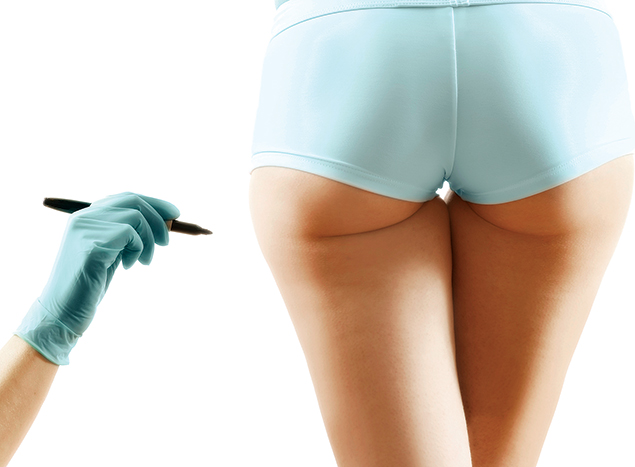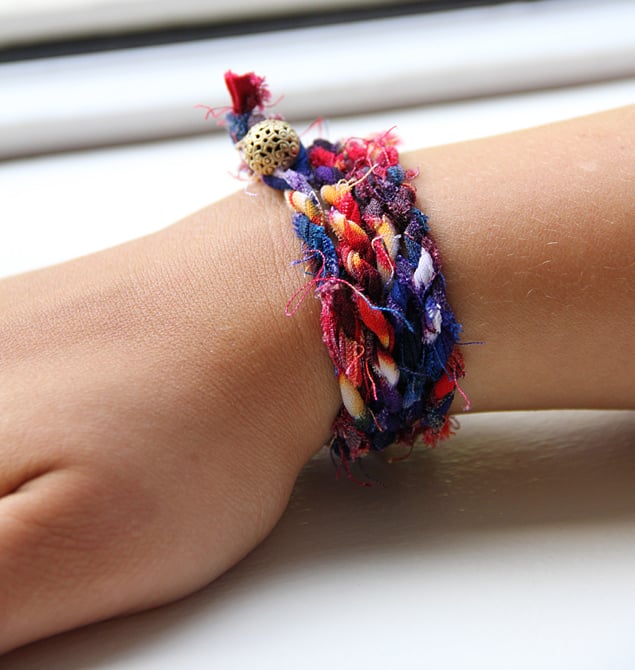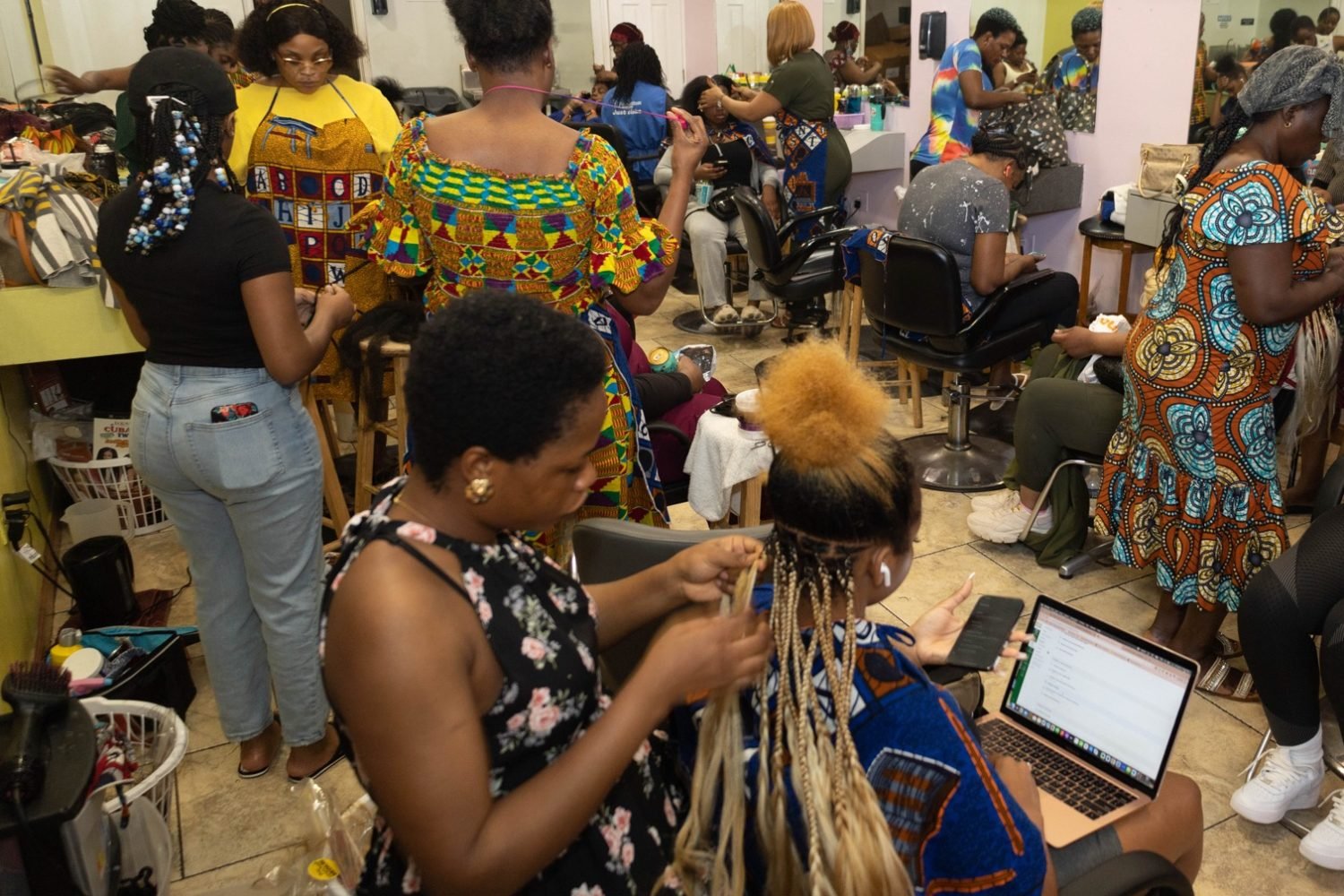Ours is the age of the celebrity rear end.
Kim Kardashian, Jennifer Lopez, Beyoncé, Iggy Azalea, to name a few. Their fannies may not be quite as famous as their faces, but they’re close.
America’s growing cohort of surgeons who perform buttock augmentation may want to send these booty-flaunting celebs a thank-you card: Last year, the number of procedures increased by 58 percent.
“Such a dramatic increase reflects two changes,” says Michael Olding, chief of plastic surgery at George Washing-ton University Hospital. “One would be the conceptual shift of buttock beauty to a more full, round ‘bubble butt’ and, two, the increased number of plastic surgeons who have embraced the technique of fat transfer as a viable alternative to butt implants.”
Butt implants? Bubble butts? Butt-fat transfer? It’s a lot to wrap your head around. But it’s clear that the posterior is the new “it” zone.
“Patients have moved on from simply ‘bigger is better’ to ‘bigger is better, but only if it is shapelier,’ ” says Dr. Olding.
While buttock implants have been around awhile—they’re made of Silas-tic, a rubberized silicone also used in breast implants—the newest augmentation procedure involves harvesting fat from other body parts and inserting it into the buttocks to mold a more natural-looking derriere than might be achieved with implants. This is the method Olding performs.
“It does a surprisingly good job, ” he says. “The combination of removing lower back fat, via liposuction, and increasing upper-buttock fat, via transfer, results in significant contour change.”
The expanded, more rounded shape will be immediately noticeable after the surgery, which usually takes 2 to 2½ hours, depending on contouring required and amount of fat injected. However, Olding says it can take about a year to see the final effect: “Since not all the fat survives the transfer, the immediate result will be more enhanced than the result at one year.”
As with most plastic surgery, there’s a recovery period, which for buttock augmentation may include wearing a Spanx-like garment for four to six weeks.
While the procedure is growing in popularity, Olding says to keep the statistics in perspective: “The actual number of patients undergoing the procedure is relatively small when compared to, say, liposuction.”
Liposuction ranks as the most common cosmetic-surgery procedure, according to the American Society for Aesthetic Plastic Surgery. In 2013, 11,527 patients nationally had buttock augmentation, compared with 363,912 who underwent liposuction.
Olding says Washington’s “more conservative” climate means people bring in pictures of the Jennifer Lopez look rather than the “overdone” Kim Kardashian derriere.
Depending on how you feel about inflated backsides, that may be good news. Still, if popular culture keeps shining a spotlight on bulging buttocks, expect to hear more about bubble butts.
This article appears in the December 2014 issue of Washingtonian.


















